Vaping is an increasingly popular alternative to smoking, but many people don’t understand the components of a vaporizer properly. Of these essential parts, the atomizer may be one of the most important – though also one of the least understood. So why should you care? Atomizers are responsible for creating heat and turning vape liquid into a vapor that you can inhale. In short, it’s a key factor in producing a quality vaping experience!
Atomizers can vary in size and type depending on personal preference when buying a vaporizer; however, they all have essentially the same job – to convert vape liquid into an inhalable vapor.
Atomizers are an essential part of vaping, as they are responsible for turning vape liquid into vapor [1]. The coil is the main component of the atomizer that heats up and produces heat to vaporize the liquid in the tank. In addition, wicks absorb and transfer e-liquid from the tank to the heated coil while tanks store vape liquid close to the coil until it is vaporized. Together, these components create a quality vaping experience for users!
Ultimately, understanding atomizers on vapes is important for any user who wants to get maximum enjoyment out of their device. With some basic knowledge of how these components work together, you can ensure that your vaping experience will be enjoyable every time!
In this blog post, we’ll break down what exactly an atomizer is and how it works on your vape device. Read on to learn more about this mysterious component inside your vaporizer!
Table of Contents
What Is an Atomizer?
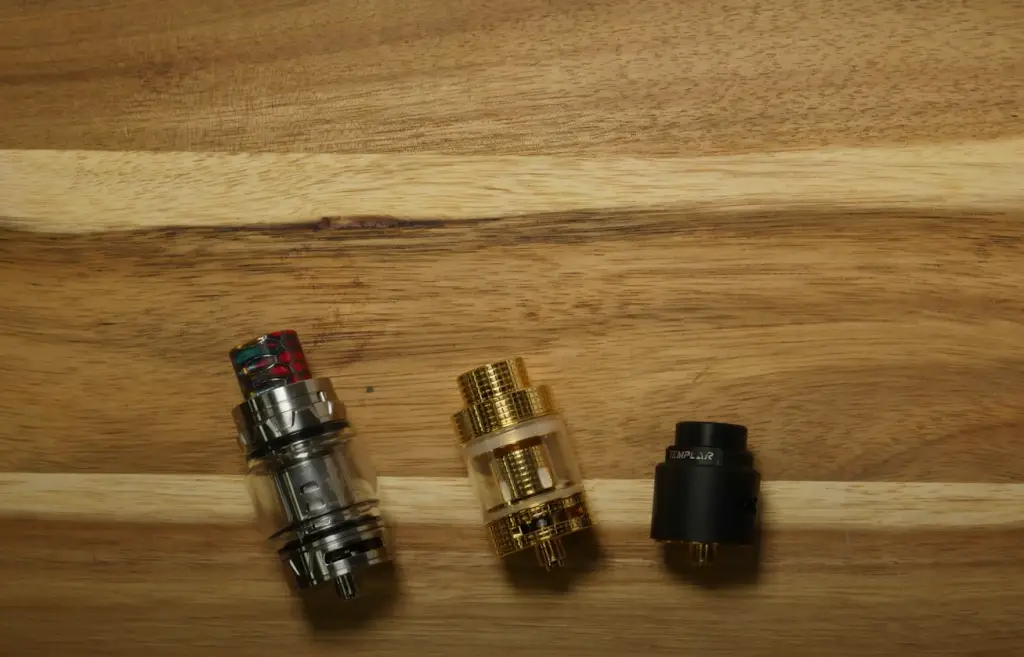
The Battery
The battery is the power source for the atomizer. It supplies the necessary energy to heat up the e-coils, which then vaporize the e-liquid. Batteries used in atomizers can vary in size and capacity, but they all share the same function. A higher-capacity battery will typically last longer and provide a higher voltage, which can produce more vapor [2].
There are two main types of batteries used in atomizers: internal and external. Internal batteries are built into the atomizer and are rechargeable through a USB port. External batteries, on the other hand, are removable and must be charged using a separate charger. Some atomizers may also use disposable batteries, which can be replaced when they run out of power.
The Cartridge
The cartridge is part of the atomizer that holds the e-liquid. It typically consists of a tank or a pod that can be filled with the user’s preferred e-liquid. The cartridge is connected to the atomizer and is responsible for delivering the e-liquid to the wick.
There are several different types of cartridges available, including refillable and disposable options. Refillable cartridges are designed to be filled with e-liquid multiple times, while disposable cartridges are pre-filled and discarded once they are empty.
The Wick
The wick is a small piece of the material responsible for delivering the e-liquid to the e-coils. It is typically made from cotton or another porous material that can absorb the e-liquid [3]. The wick is placed in the center of the e-coils and is surrounded by the e-liquid in the cartridge.
When the battery is activated, it heats up the e-coils, which then vaporizes the e-liquid on the wick. The vapor is then drawn through the mouthpiece and inhaled by the user.
The E-Coils
E-coils come in various shapes and sizes, with different resistance levels. The resistance of an e-coil can affect the amount of vapor produced and the flavor of the e-liquid [4]. Higher resistance e-coils will typically produce less vapor but provide a stronger flavor, while lower resistance e-coils will produce more vapor but may have a slightly muted flavor.
It is essential to choose the right e-coils for your atomizer, as they can significantly impact the overall vaping experience. Some atomizers may also have adjustable e-coils, allowing users to fine-tune the amount of vapor produced.
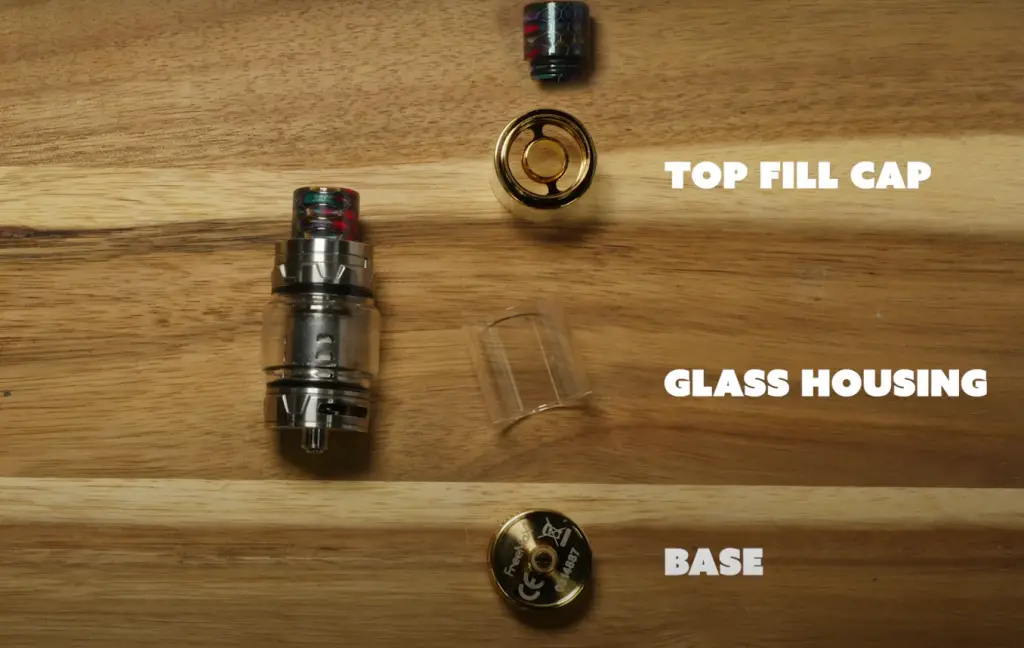
The Mouthpiece
The mouthpiece is part of the atomizer that is placed in the user’s mouth. It typically consists of a small plastic or metal tube and is designed to be comfortable to use for extended periods. The mouthpiece is responsible for delivering the vapor to the user, and it can also have a significant impact on the overall vaping experience.
There are several different types of mouthpieces available, including round, flat, and tapered designs. Some atomizers may also have interchangeable mouthpieces, allowing users to customize their vaping experience.
In addition to the design of the mouthpiece, the material used can also affect the flavor of the vapor. Plastic mouthpieces may have a slight impact on the flavor, while metal mouthpieces can have a more significant impact. Some users prefer to use mouthpieces made from glass or other materials to preserve the flavor of their e-liquid.
Difference Between Atomizers in Vape Pens: Atomizer Thread Sizes
Vape pens are devices that use a battery to heat up a liquid and produce vapor that can be inhaled. The liquid is stored in a cartridge or tank that is attached to the battery by an atomizer. An atomizer is part of the vape pen that contains a coil and a wick that vaporizes the liquid.
There are different types of atomizers that vary in design, performance, and compatibility. One of the factors that affect the compatibility of atomizers is the thread size, which is the diameter and pitch of the screw-like connection between the atomizer and the battery [5].
1) The Cartomizer
Cartomizers can have different thread sizes, but the most common ones are 510 and 808:
- A 510-thread size has a diameter of 7 mm and a pitch of 0.5 mm and is the most widely used thread size in the vaping industry. A 510 thread is female, which means it has an inner thread that screws onto a male thread on the battery;
- An 808-thread size has the same diameter and pitch as a 510 thread but is male, which means it has an outer thread that screws into a female thread on the battery. An 808 thread is also known as a KR808 or an L88B thread;
2) The Clearomizer.
Clearomizers can also have different thread sizes, but the most common ones are 510 and eGo:
- A 510-thread size, as mentioned before, is the standard thread size for most vape pens. An eGo thread size has a diameter of 12 mm and a pitch of 0.5 mm, and is a larger thread size that is often used for bigger batteries and tanks;
- An eGo thread is female, but it also has an outer thread that can accommodate a 510 thread. This means that an eGo battery can use both eGo and 510 atomizers, but a 510 battery can only use 510 atomizers [6];
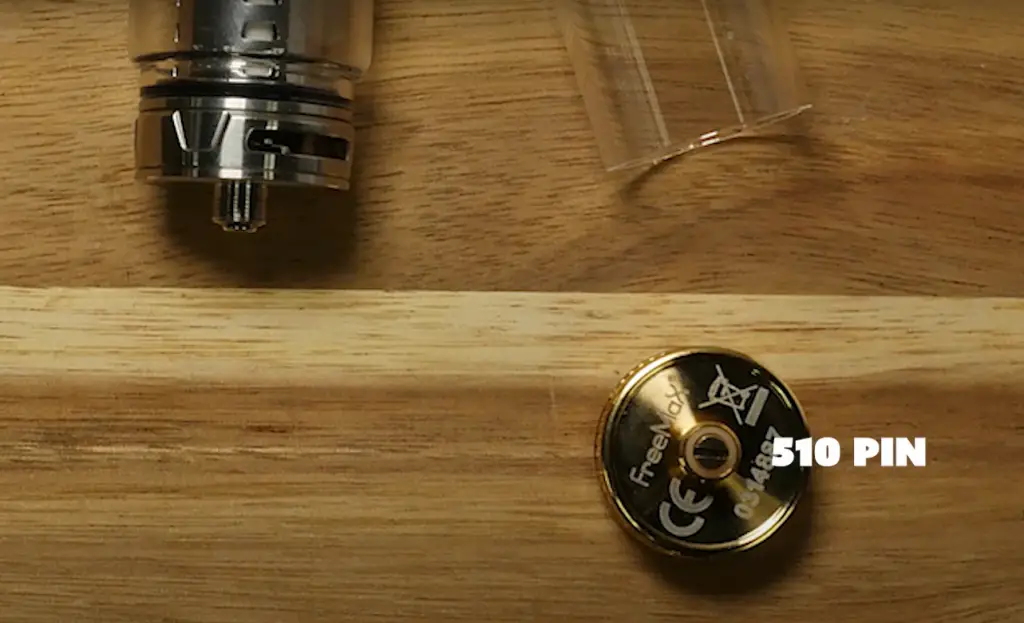
3) The Dripping Atomizer (“Drip Tip Atomizer”)
Dripping atomizers can also have different thread sizes, but the most common ones are 510 and 306:
- A 510-thread size, as mentioned before, is the standard thread size for most vape pens;
- A 306-thread size has the same diameter and pitch as a 510 thread but is male, which means it has an outer thread that screws into a female thread on the battery. A 306 thread is also known as a 510 LR (low resistance) thread, and is often used for dripping atomizers that have a lower resistance coil that produces more vapor;
Types of Atomizers
Atomizers are the parts of vape devices that heat up the e-liquid and produce vapor. There are different types of atomizers that suit different vaping styles, preferences, and needs.
Mouth-to-Lung Tank (MTL Tank)
A mouth-to-lung tank is a type of atomizer that emulates the draw of a cigarette. Vaping on an MTL tank involves a two-part process: first, draw vapor in the mouth, and then inhale it into the lungs. MTL tanks usually have a tight airflow, a narrow drip tip, and a high-resistance coil. They are compatible with high PG e-liquids and nicotine salts, and they produce less vapor and more flavor. MTL tanks are ideal for beginners, smokers, and stealth vapers who want a satisfying throat hit and a smooth nicotine delivery [7].
Direct-to-Lung Tank (DTL Tank)
A direct-to-lung tank is a type of atomizer that allows for a more powerful and intense vaping experience. Vaping on a DTL tank involves inhaling the vapor directly into the lungs, without holding it in the mouth.
DTL tanks usually have a loose airflow, a wide drip tip, and a low-resistance coil. They are compatible with high VG e-liquids and freebase nicotine, and they produce more vapor and less flavor. DTL tanks are ideal for advanced vapers, cloud chasers, and flavor enthusiasts who want a strong lung hit and a massive vapor production.
Vape Pod
Vape pods can be either MTL or DTL, depending on the design and the coil resistance. They are compatible with various types of e-liquids and nicotine strengths, and they offer a balance between vapor and flavor. Vape pods are ideal for vapers of all levels who want a simple, discreet, and versatile vaping device.
Rebuildable Tank Atomizer (RTA) The rebuildable tank atomizer, or RTA, is a type of vape atomizer that features deck and chimney sections. Unlike tanks with standard coils, the RTAs allow for more customization options by blending wicking materials and building your own coils. This type of atomizer requires more maintenance than traditional ones but allows for greater control over your vaping experience.
The rebuildable tank atomizers are generally used by experienced vapers who want to customize their vaping experience [8]. The RTA’s build deck typically offers two posts or four post designs so you can easily build complex coil structures using multiple wire types such as Clapton, Fused Clapton, and Alien wires.
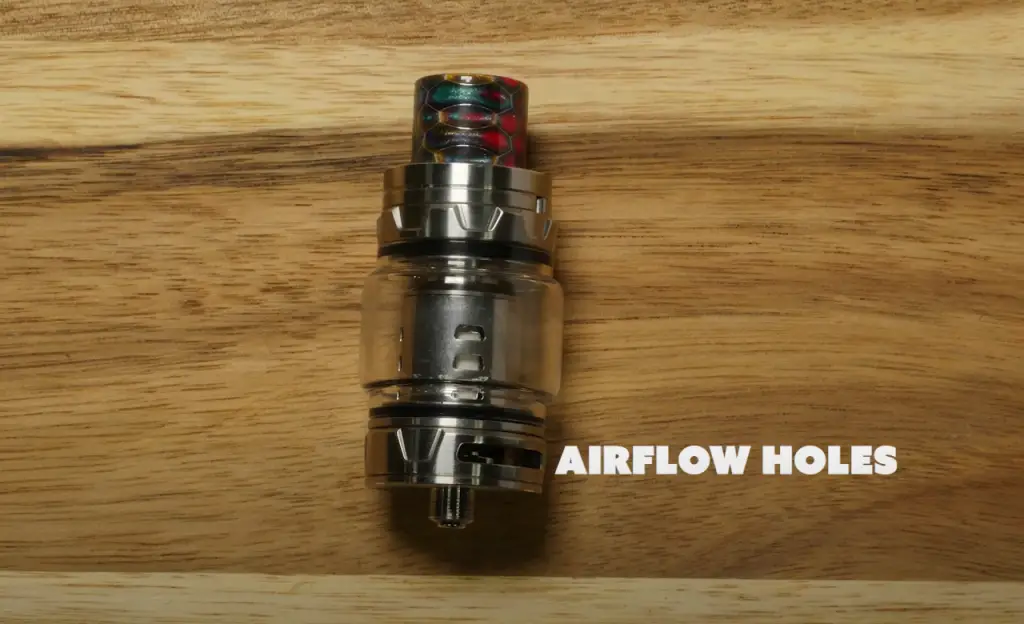
Additionally, they may feature an adjustable airflow system that gives you more control over your vapor production. RTAs are a great choice for those looking to create their own coils and customize their vaping experience.
How Does An Atomizer Work?
An atomizer is the key component of a vape device. It works by heating up an e-juice or wax concentrate to produce vapor, which is then inhaled by the user. The atomizer consists of a metal coil wrapped around a wick made from cotton or some other heat-resistant material. As the device heats up the coil, the e-juice or wax melts and turns into a vapor that is drawn through air channels in the atomizer. Some atomizers are designed with adjustable airflow controls allowing users to customize their experience further. Additionally, certain rebuildable atomizers allow users to customize their coils for maximum performance and flavor.
When Should I Replace My Coil/Atomizer?
It is very important to keep an eye on your vape atomizer and replace it regularly in order to ensure you are receiving the best vaping experience possible. Generally, coils/atomizers should be replaced every 3-4 weeks depending on usage [9]. If you start to notice any changes in taste or vapor production, it may be a sign that you need to replace your atomizer/coil.
How Do I Replace The Coil?
Replacing the atomizer coil is an essential step in maintaining your vape, and it will become necessary as time passes. Fortunately, modern coils are designed to be easily replaced when needed [10]:
- To replace the atomizer coil, you will generally need to remove both the mouthpiece and top cap of your device;
- You should then unscrew the atomizer base from the battery and disconnect the old coil from its connection pin;
- After that, you can install a new coil by connecting it to the pin and screwing in the atomizer base until fully seated;
- Once installed, fill up your tank with E-liquid before attaching it back to the battery;
- Finally, reattach the mouthpiece and top cap on your device before enjoying your now refreshed vaping experience;
How Can I Help My Atomizer Last?
The lifespan of an atomizer depends on the frequency and intensity of usage. If you are a frequent vaper, it is important to give your atomizer the proper care it needs to last longer.
Here are some tips to help extend your atomizer’s lifespan:
- Cleaning: As vapor passes through the wicks and coils, residue can build up over time. Make sure that you properly clean your atomizer periodically using warm water or a mild detergent designed specifically for electronic cigarettes. Additionally, use compressed air to blow away any dust or debris that may be clogging its inner workings;
- Avoid Overheating: Atomizers operate most efficiently at their optimal range so try not to run them at higher wattages for too long. This can cause the atomizer to overheat and lead to premature failure;
- Proper Maintenance: Make sure that your atomizer is properly assembled with all connection points tightly secured. If any of its parts become loose, it can affect the performance and lifespan of your atomizer. Additionally, be aware of any changes in taste or vapor production as it could signal a need for maintenance or replacement;
FAQ:
- Which atomizer should I choose?
Choosing an atomizer largely depends on personal preference and vaping style. There are several types of atomizers to choose from, including:
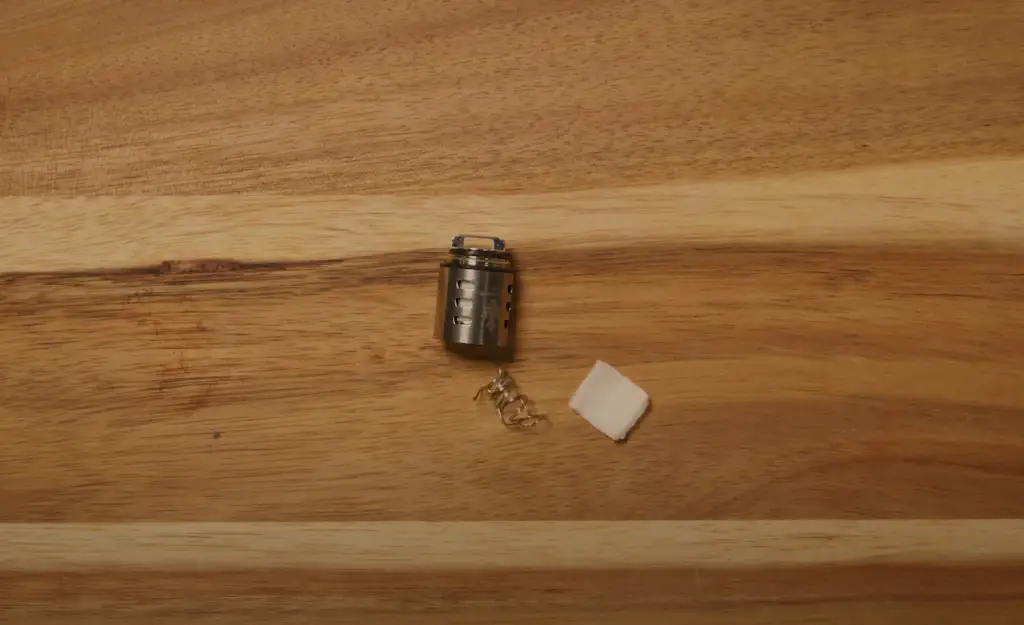
- Clearomizers: These are the most basic atomizers and are easy to use. They usually have a transparent tank to hold the e-liquid and a replaceable coil;
- Sub-ohm tanks: These atomizers are designed for cloud-chasing and producing large amounts of vapor. They usually have a larger e-liquid capacity and lower resistance coils;
- Rebuildable Dripping Atomizers (RDAs): These atomizers require advanced skills to build the coil and wick. They offer customization, better flavor, and produce dense clouds;
- Rebuildable Tank Atomizers (RTAs): These atomizers have a tank to hold the e-liquid and a deck to build the coil and wick. They offer customization and better flavor than clearomizers;
When choosing an atomizer, consider your vaping preferences, skill level, and budget.
- How do you clean an atomizer?
Cleaning your atomizer can improve its performance and extend its lifespan. To clean an atomizer, follow these steps:
- Disassemble the atomizer;
- Rinse the atomizer parts under warm running water to remove any e-liquid residue;
- Soak the atomizer parts in warm water for about 30 minutes;
- Use a toothbrush or a cotton swab to gently scrub the atomizer parts, especially the coil, and wick;
- Rinse the atomizer parts thoroughly under running water and dry them with a paper towel;
- Leave the atomizer parts to air dry completely before reassembling [11];
- When should I change the resistance coil in my atomizer?
You should change the resistance coil in your atomizer when you start experiencing issues such as a burnt taste, decreased vapor production, or decreased flavor. These issues are usually indicative of a worn-out coil that needs to be replaced. In general, it is recommended to change the coil every 1-2 weeks, depending on usage.
- How do I fix my atomizer?
To fix your atomizer, you need to identify the specific issue first:
- If it’s a burnt taste, you may need to replace the coil;
- If the atomizer is not firing, you may need to check if the connection between the atomizer and the battery is clean and tight;
- If the atomizer is leaking, you may need to replace the O-rings or adjust the wicking;
If you’re not sure how to fix your atomizer, it’s always best to consult the manufacturer’s manual or seek advice from an experienced vaper.
- What does it mean when my vape says “no atomizer”?
When your vape says “no atomizer,” it means that it is not detecting an atomizer attached to the device. This could be due to a loose connection, a faulty atomizer, or an issue with the device itself. Try cleaning the connection between the device and the atomizer, ensuring that everything is properly screwed in, or try using a different atomizer to see if the issue persists [12].
- Is atomizer and coil the same thing?
No, the atomizer and coil are not the same things. The atomizer is the component of the device that vaporizes the e-liquid, while the coil is the heating element within the atomizer that is responsible for heating up the e-liquid and creating vapor.
- Can you fix an atomizer short?
Yes, you can fix an atomizer short by checking the coil, the insulator, the 510 pins, and the tank for any damage, dirt, or loose connections [13].
- How do you fix a vape that won’t smoke?
There are several possible reasons why your vape won’t smoke, such as the low battery, clogged coil, flooded tank, or faulty device. You can try to fix it by charging the battery, cleaning the coil, emptying the tank, or resetting the device.
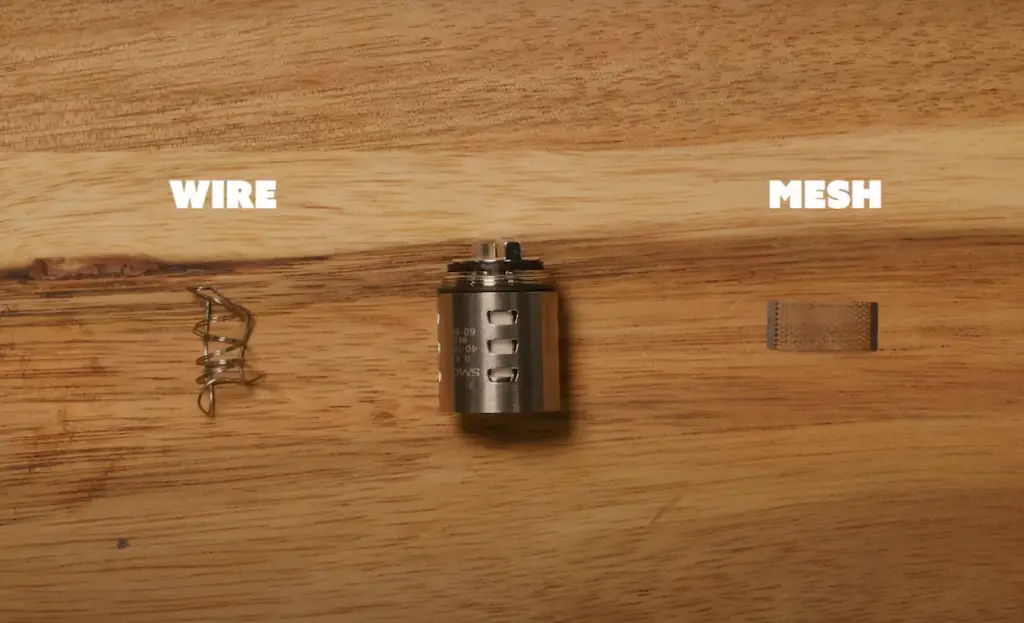
- Do you need an atomizer to vape?
Yes, you need an atomizer to vape, because it is the part that heats up the e-liquid and turns it into vapor.
- How do you clean atomizer coils?
You can clean atomizer coils by soaking them in warm water, vinegar, or alcohol, and then rinsing and drying them.
- Can you clean a burnt atomizer?
You can try to clean a burnt atomizer by soaking it in alcohol or vinegar, but it may not work if the coil is too damaged. You may need to replace the coil instead.
- Can atomizers be cleaned and reused?
Yes, atomizers can be cleaned and reused, but they will eventually wear out and need to be replaced.
- Can I wash my atomizer with water?
Yes, you can wash your atomizer with water, but you need to make sure it is completely dry before using it again.
- Is it ok to wash vape coils?
Yes, it is ok to wash vape coils, but you need to make sure they are completely dry before using them again [14].
- How do I know if my vape is broken?
Some signs that your vape is broken are: it won’t turn on, it won’t charge, it leaks, it makes strange noises, it produces little or no vapor, or it tastes burnt.
- How do you reset a vape?
The method to reset a vape depends on the model and brand of your device. Some common ways are: pressing the fire button five times, holding the fire and up buttons together, or removing and reinserting the battery.
- Do all atomizers fit all mods?
No, not all atomizers fit all mods, because they have different sizes, shapes, and connections. You need to make sure the atomizer and the mod have the same thread type and diameter, and that the mod can handle the atomizer’s resistance and wattage.
- Are all vape atomizers the same?
No, not all vape atomizers are the same because they have different designs, features, and functions. Some common types of atomizers are clearomizers, cartomizers, rebuildable dripping atomizers (RDAs), rebuildable tank atomizers (RTAs), and sub-ohm tanks.
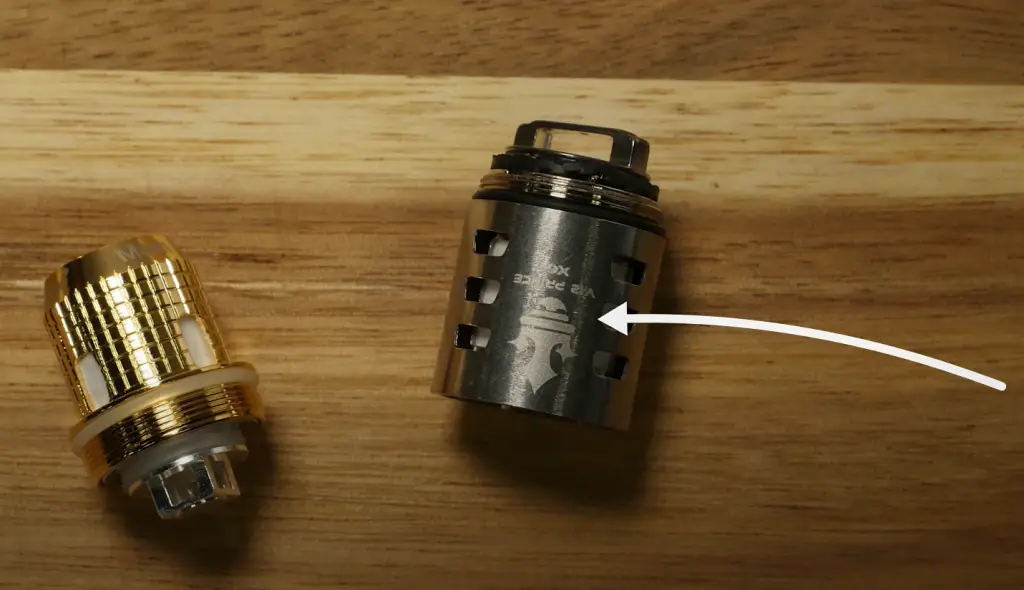
- Can I clean my vape with alcohol?
Yes, you can clean your vape with alcohol, but you need to be careful not to damage any parts or leave any residue. You can use alcohol to clean the exterior of your device, the mouthpiece, and the coil.
- How do you refill an atomizer?
The method to refill an atomizer depends on the type and design of your atomizer. Some common ways are: unscrewing the top or bottom cap and filling the tank with e-liquid, dripping e-liquid directly onto the coil, or inserting a pre-filled cartridge into the atomizer.
- How often should I replace my atomizer?
The lifespan of an atomizer can vary depending on usage and maintenance, but it is generally recommended to replace the atomizer every 1-4 weeks. Signs that it may be time to replace the atomizer include a burnt taste, decreased vapor production, and a decrease in flavor.
- How do I clean my atomizer?
To clean your atomizer, you can disassemble the components and rinse them under warm water. You can also soak the components in vodka or another high-proof alcohol to dissolve any residue. Allow the components to dry completely before reassembling.
- Can I rebuild my atomizer?
Rebuilding an atomizer is possible with RBAs, but it requires advanced knowledge and experience with building and installing coils. If you are new to vaping, it is recommended to use pre-built atomizers until you have gained more experience and knowledge.
- What is the difference between a single-coil and a dual-coil atomizer?
A single-coil atomizer has one heating coil, while a dual-coil atomizer has two heating coils [15]. Dual-coil atomizers can produce more vapor and flavor, but they also require more power and can drain your battery faster.
- Can I use any e-liquid with my atomizer?
Most atomizers can be used with any type of e-liquid, but it is important to check the compatibility of your atomizer with the specific e-liquid you are using. Some e-liquids may be too thick or too thin for certain atomizers, which can affect the performance and lifespan of the atomizer.
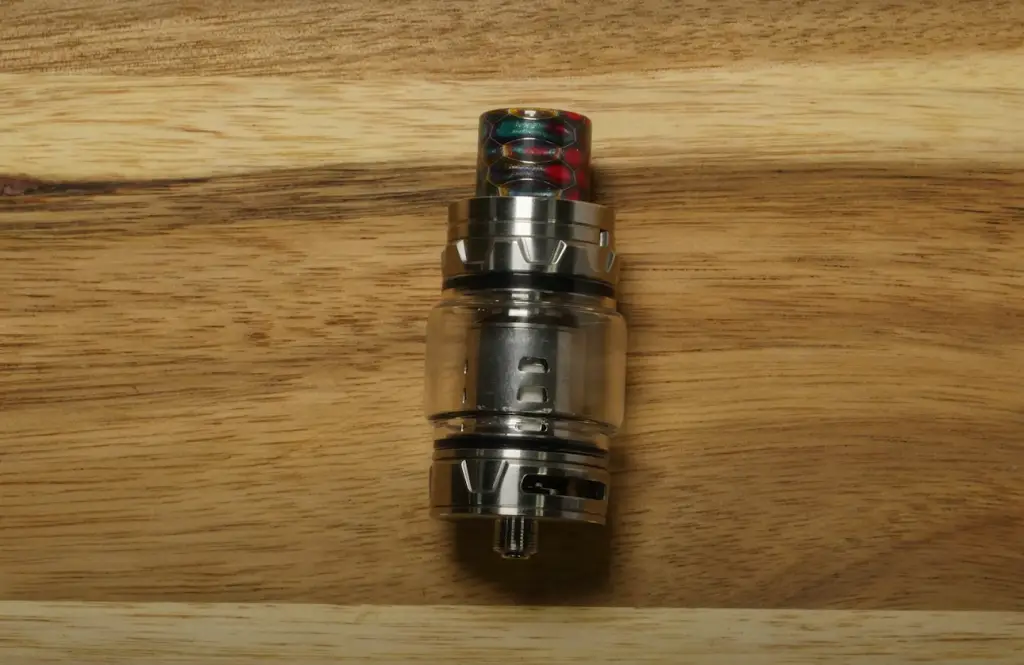
- How do I know which wattage to use with my atomizer?
The wattage to use with your atomizer will depend on the resistance of the heating coil and the specific atomizer you are using. It is recommended to start with a lower wattage and gradually increase it until you find the optimal wattage for your preferred vaping experience.
Useful Video: What is an Atomizer? | Vape Questions Answered
References:
- https://www.vapingpost.com/atomizer/
- https://www.wicksandwires.com/blogs/news/what-is-a-vape-atomizer
- https://www.innokin.com/blog/what-are-the-different-types-of-vape-atomizers
- https://www.onepoundeliquid.com/blogs/vaping-faqs/what-is-an-atomizer
- https://vaperanks.com/what-is-an-atomizer/
- https://wayofleaf.com/accessories/vapes/what-is-an-atomizer-for-vaping
- https://www.directvapor.com/blog/what-is-an-atomizer/
- https://blogs.maryville.edu/aas/atomization-source/
- https://www.wotofo.com/blogs/vape-tanks/rta-and-rda-vape-tanks-explained-choosing-your-vape-atomizer
- https://www.researchgate.net/publication/337410344_Classification_of_Atomization_Devices
- https://myvapereview.com/best-vapes/best-mouth-to-lung-vape-tanks-2022/
- https://versedvaper.com/best-pod-vapes/
- https://e-liquids.com/collections/vape-tanks/tank-type-direct-to-lung-dtl
- https://www.vape-box.com/blog/how-to-fix-atomizer-short
- https://vaping360.com/learn/atomizer-short-atomizer-low-check-atomizer/

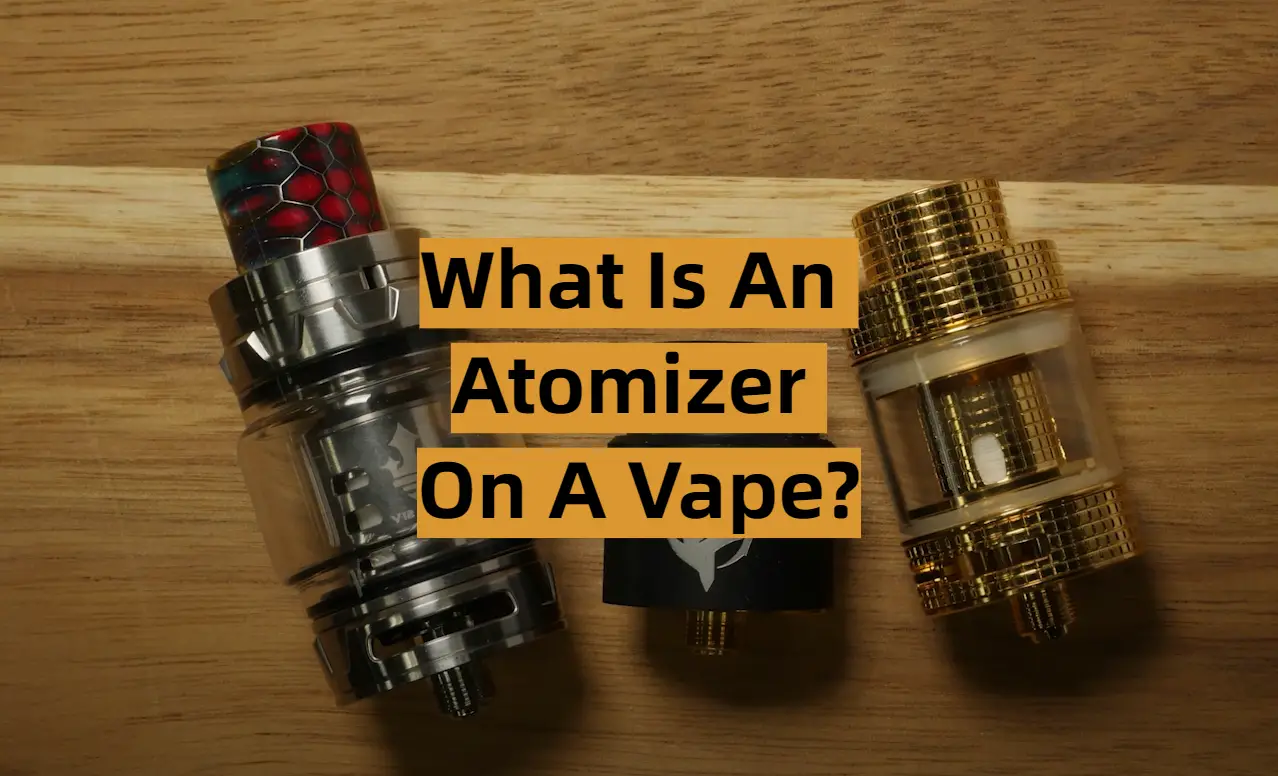


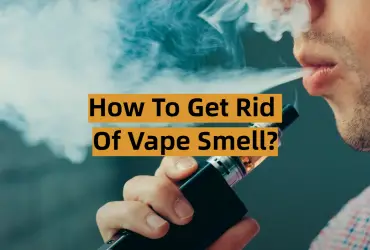
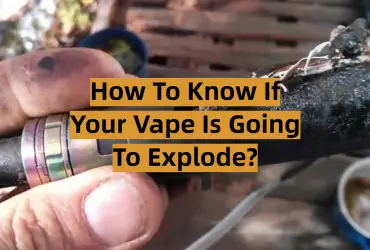
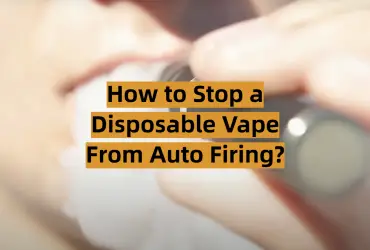
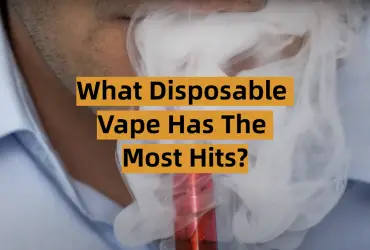
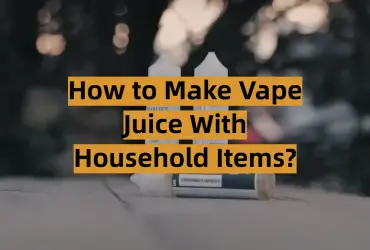
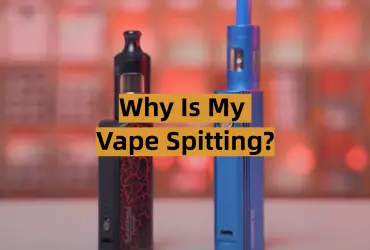
Leave a Review